The next generation of buildings are seeing the impact of more convergence and data. Convergence refers to the fact that many different systems are now running over the same Ethernet network. Data refers to using the data provided by IoT devices to offer information that can improve the way the building functions. The ultimate impact of convergence and data is improved experiences for both the owners and users of that building. These new types of buildings are often referred to as smart or digital buildings. They can offer more efficient operations by optimizing energy usage, the ability for individuals to customize the lighting and temperature of their location, improved security through cameras and sensors, and many other new features.
The vision of the smart building is founded on the implementation of a common single converged network for IT and OT areas. Having a common network infrastructure for communications, data, and analytics and combining them with building automation will ensure for building operators the ability to increase their ROI.
Although the smart building process has been ongoing for the last twenty years, COVID-19 has accelerated their adoption. By interconnecting different building subsystems, large building owners and commercial real estate companies see smart buildings as a means to create more efficient, cost-effective, and profitable buildings that entice higher rents and attract high-end clients.
The two foundational pillars of digital transformation and physical infrastructure are convergence and wireless proliferation. Panduit’s team has been on this convergence journey for over 25 years, back when it all started with voice and data. The first devices to converge onto the network occurred in the 1990s with voice and data. Now 100% of these systems are IP enabled. Today, about 50% of security, cameras, and access devices are IP enabled. Building Automation is around 40%. We are also beginning to gain traction with PoE lighting and other sensing devices in offices and factory floors.
75% of the building stock available today are dumb buildings. 60% of these builds are over 60-years old. What does that mean? These buildings were not designed to be IP enabled, and they are not likely to have structured cabling to the density we need to take advantage of the latest intelligent building technology. This data indicates there is still much opportunity to grow this market as organizations build out smart buildings.
Power over Ethernet (PoE) is an enabling technology for convergence in smart buildings. PoE is a technology that allows power and data to be delivered to an end device through a single switch port over your network cable. This technology is very common in smart buildings as many of the functions of that building will get both data and power via PoE over the network. Learn more about the importance of the converged network, the industries that will gain the most advantage of this technology, its benefits and so much more during the TridentTech session entitled “Digital Transformation to a Smart Building” with Tom Walsh, Vice President, Enterprise Business Panduit. Click here to watch it now.
Another technology that will greatly contribute to the evolution of smart building is wireless proliferation. A good wireless connection is now a business necessity, where many users of a building expect both a reliable cellular and Wi-Fi connection. Wireless proliferation refers to both the Wi-Fi and cellular technologies (like a distributed antenna system) that function both seamlessly and reliably.
Wi-Fi 6 is currently seeing mass adoption within intelligent buildings, and this will continue growing as we move forward until the next generation of products are released (Wi-Fi 6E and ultimately Wi-Fi 7). To maximize an organization’s investment in building the cabling infrastructure for Wi-Fi, Panduit has the following recommendation.
To future proof your cabling infrastructure investment, Panduit recommends up to 4 Category 6A cables per every wireless access point. While not all cables will be used on day 1, having the 4 cables installed initially is the most cost-effective means to run a cable. These spare cables can then be used for the necessary changes and upgrades that the building will require to remain optimized for wireless. Without running these additional cables, new cables will need to be installed when the Wi-Fi is upgraded or expanded. Running cables when the building is operational increases cost, and risks system performance reductions and network downtime.
The IP Network is becoming the 4th utility and is critical to the success of a smart building and the organization that occupies it.
Watch this session with Tom Walsh as he shares insights to support you in capitalizing on your investment with the right infrastructure for your smart building.
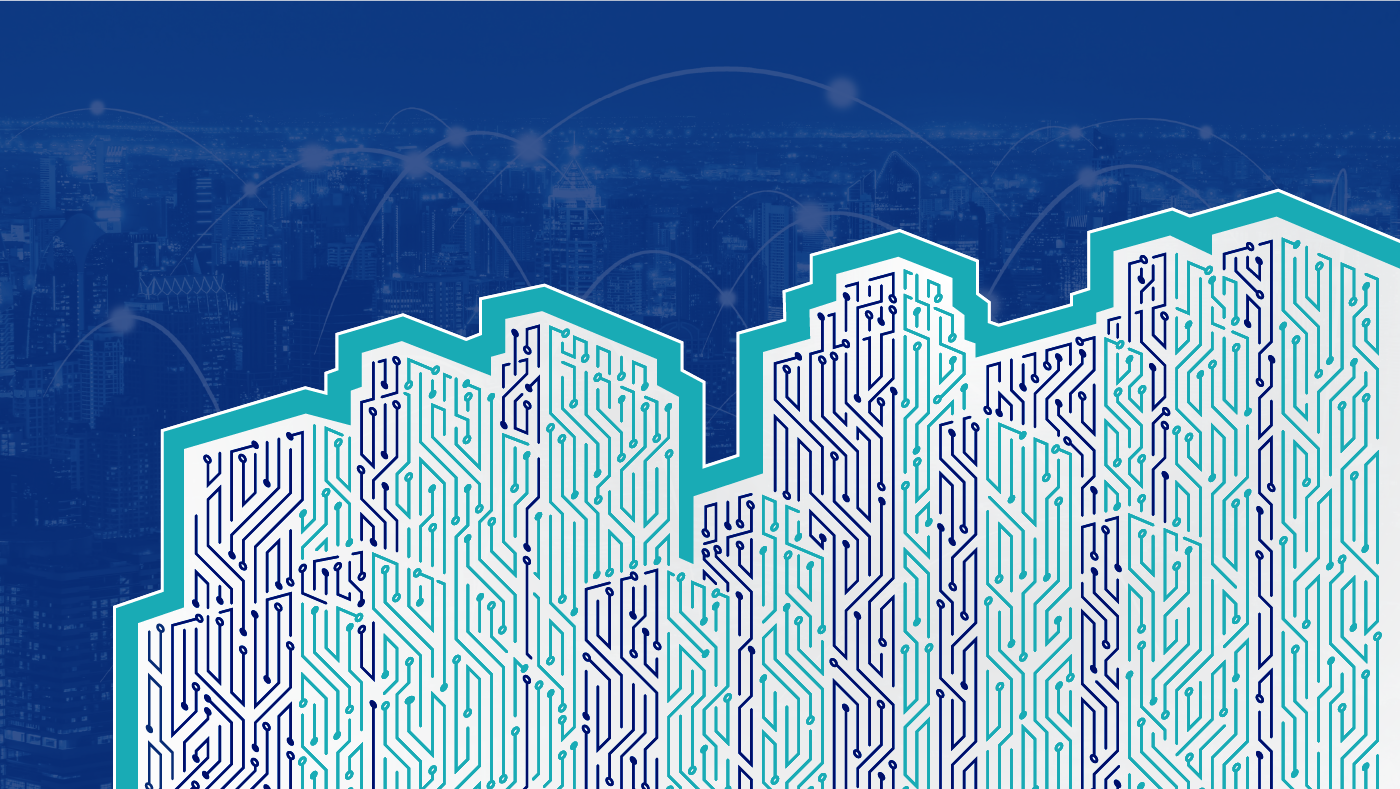
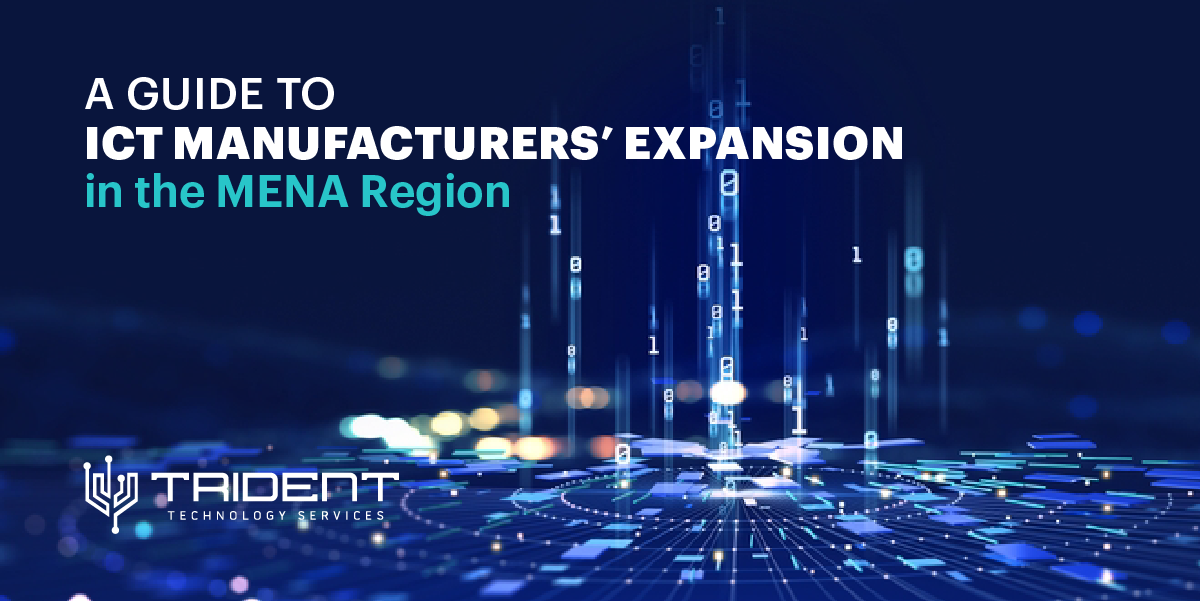

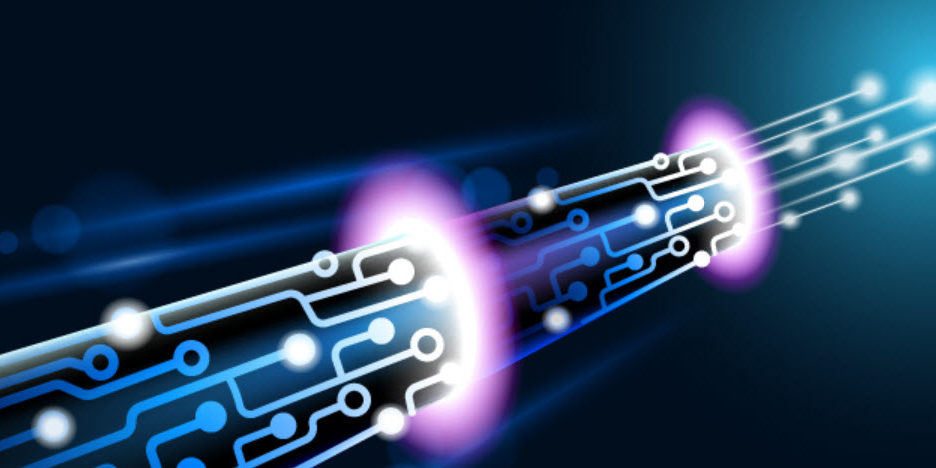










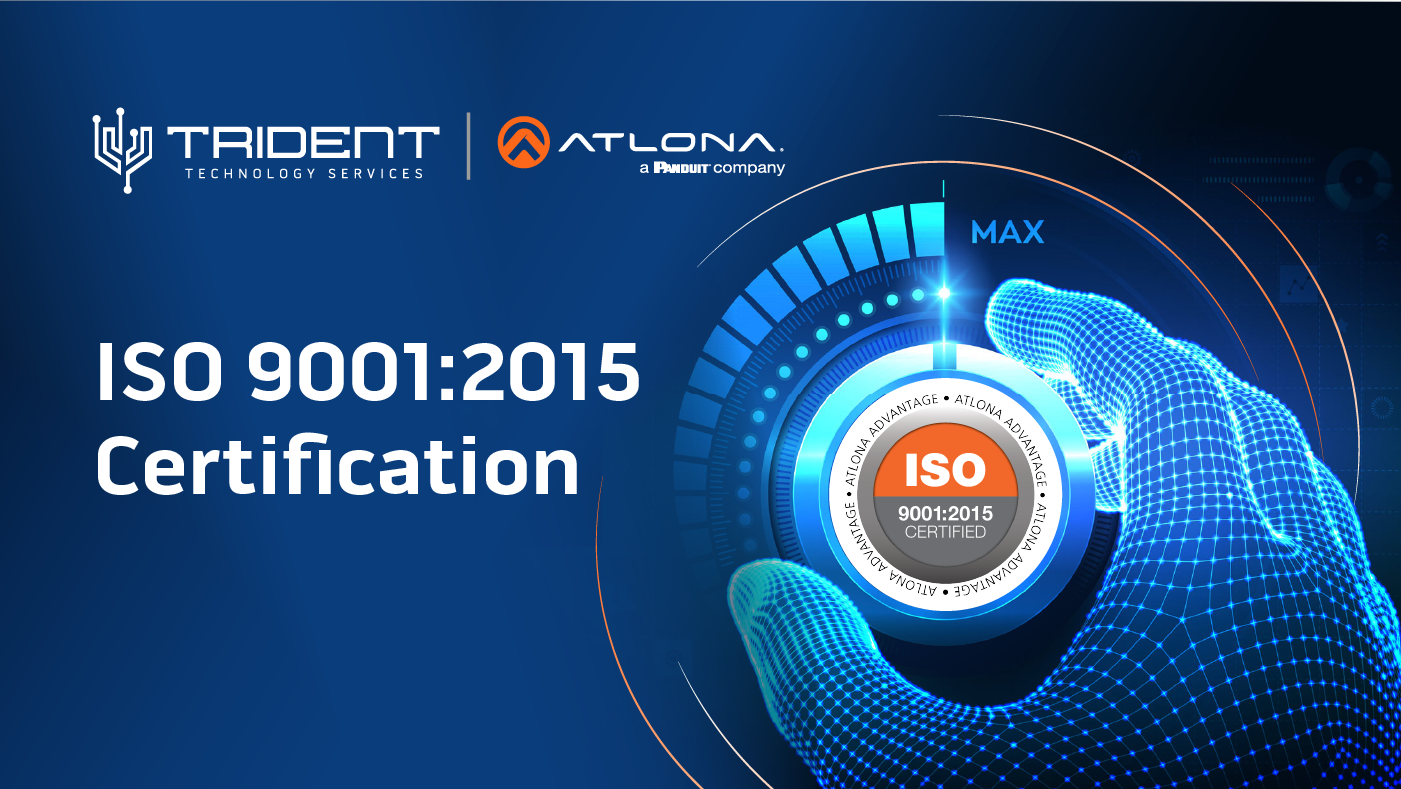
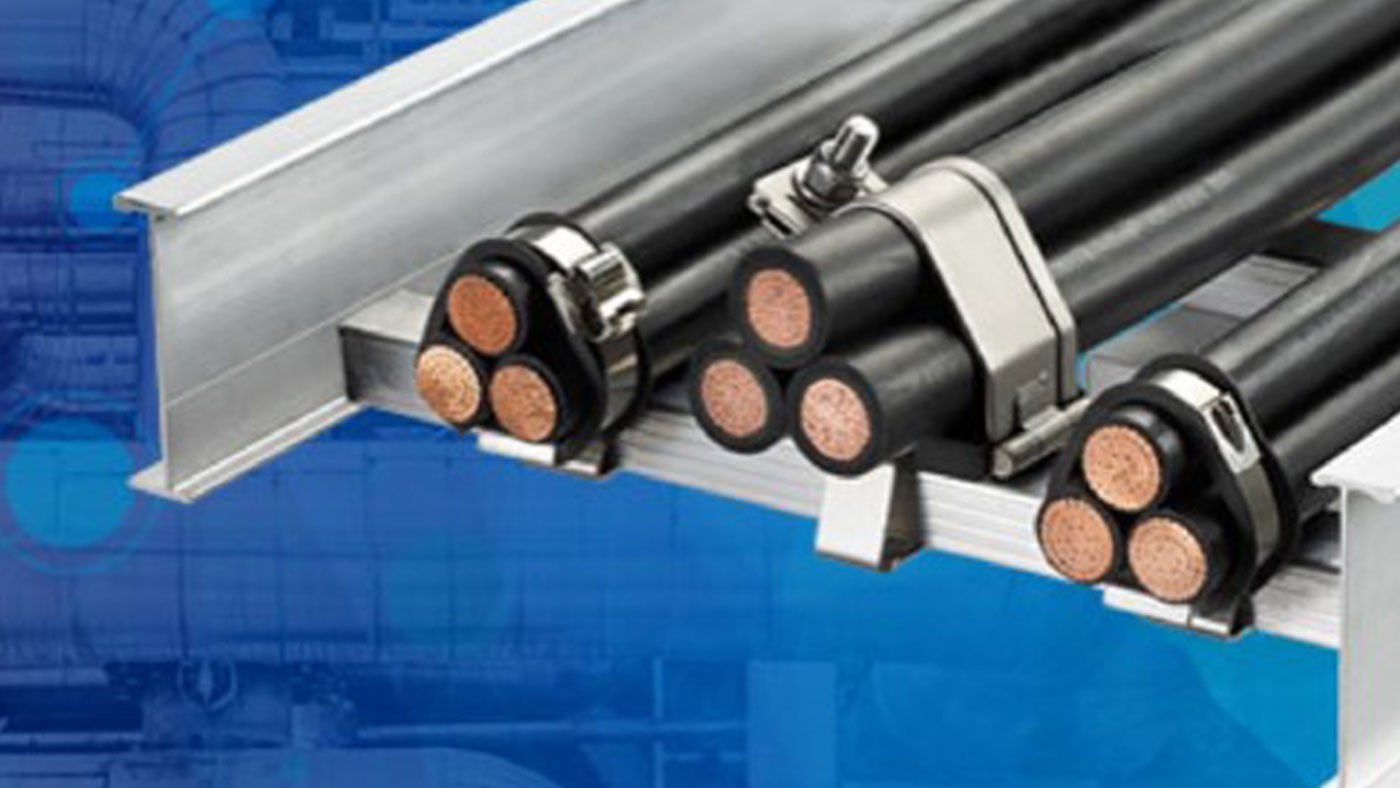
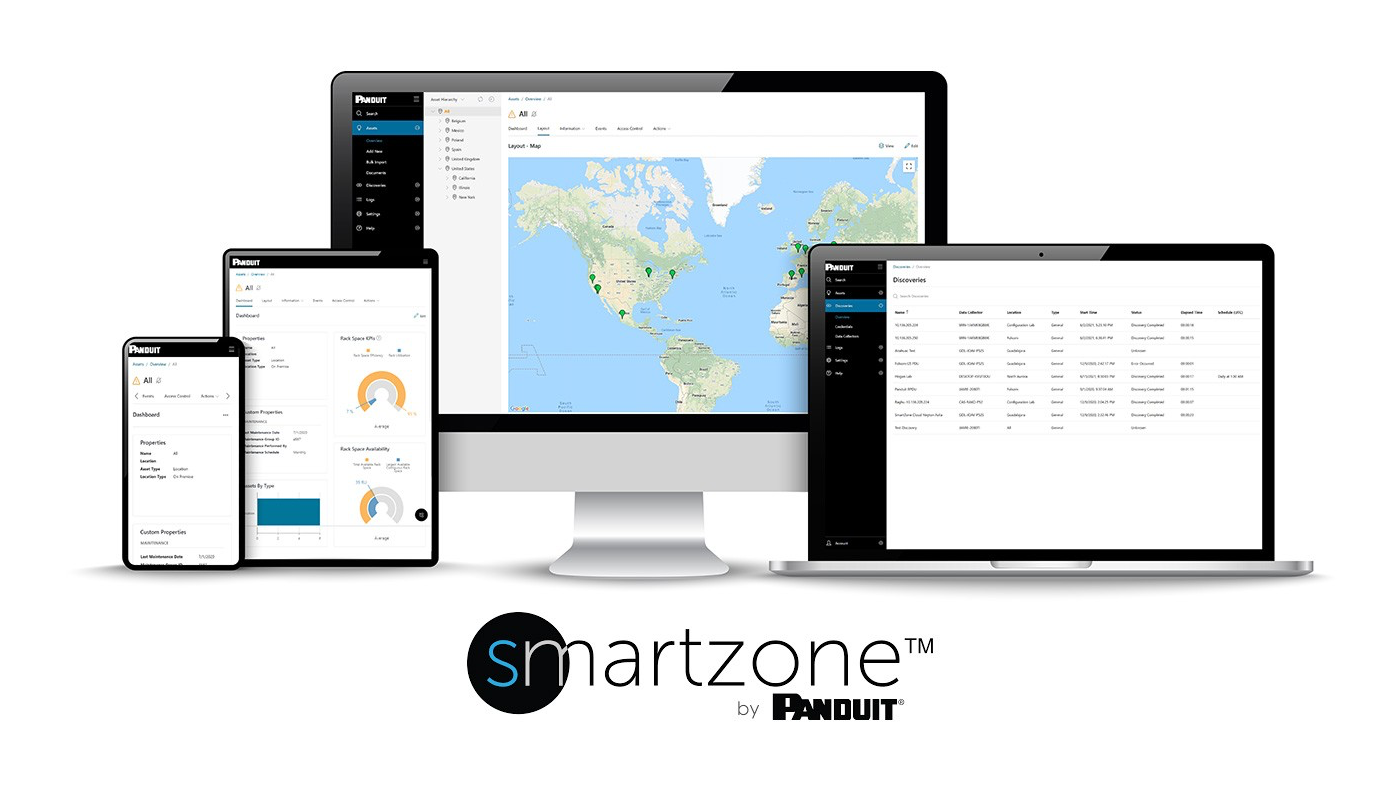


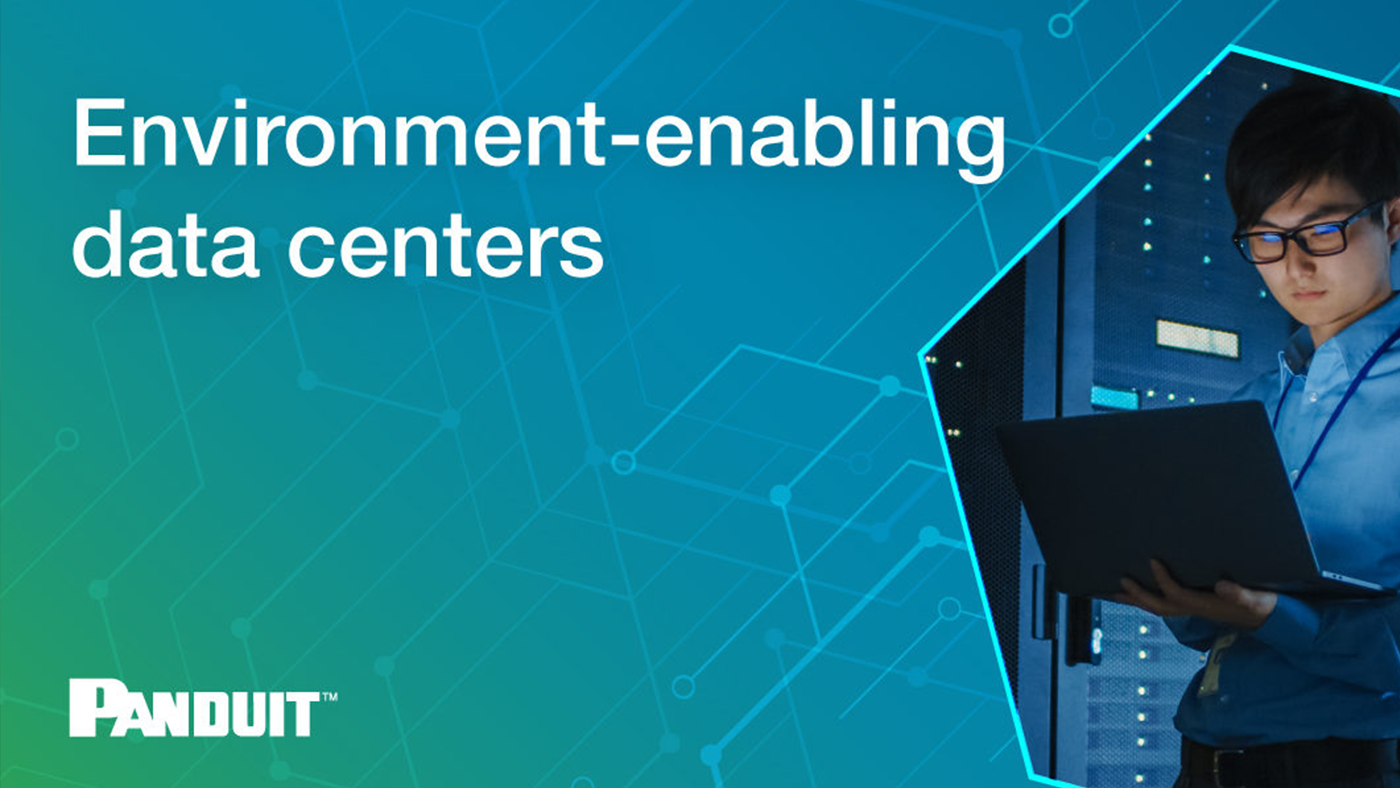

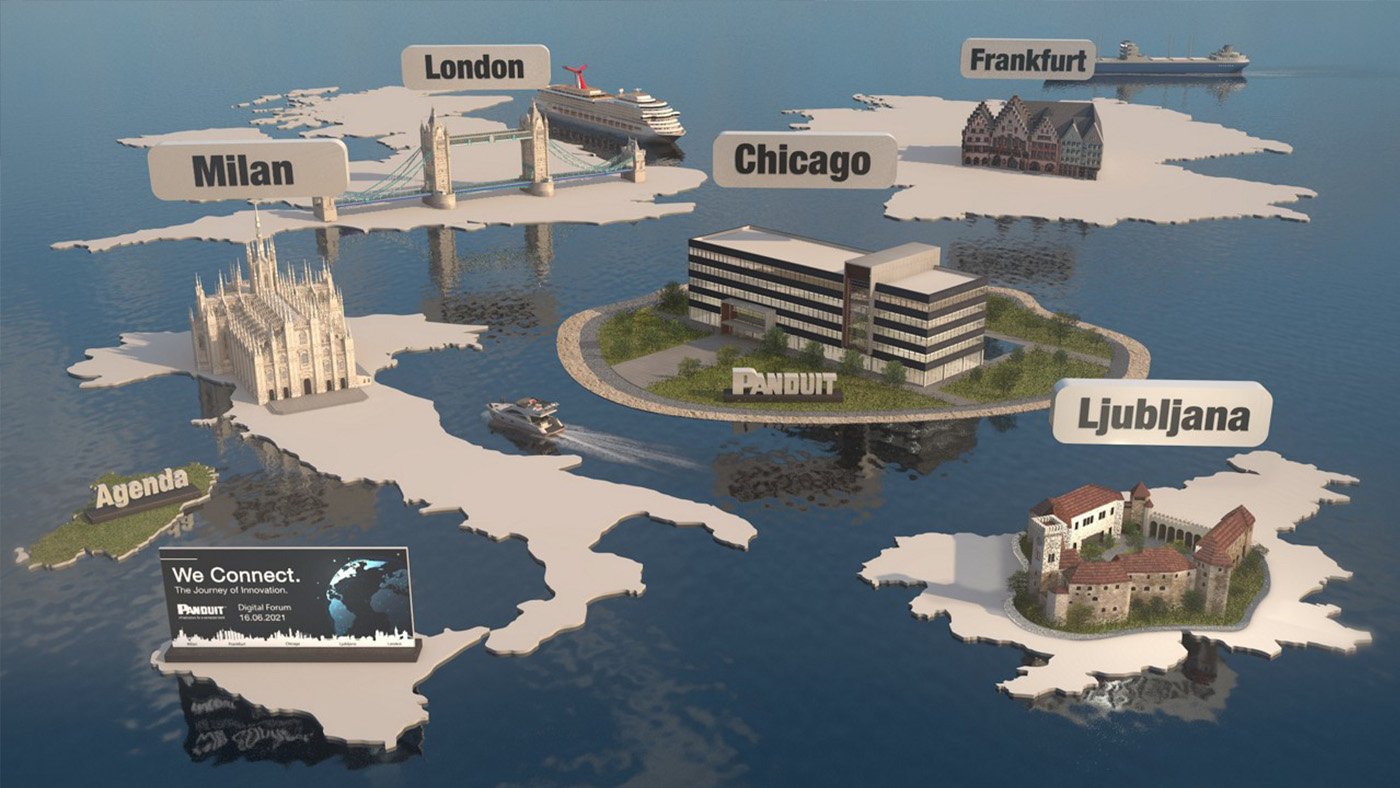




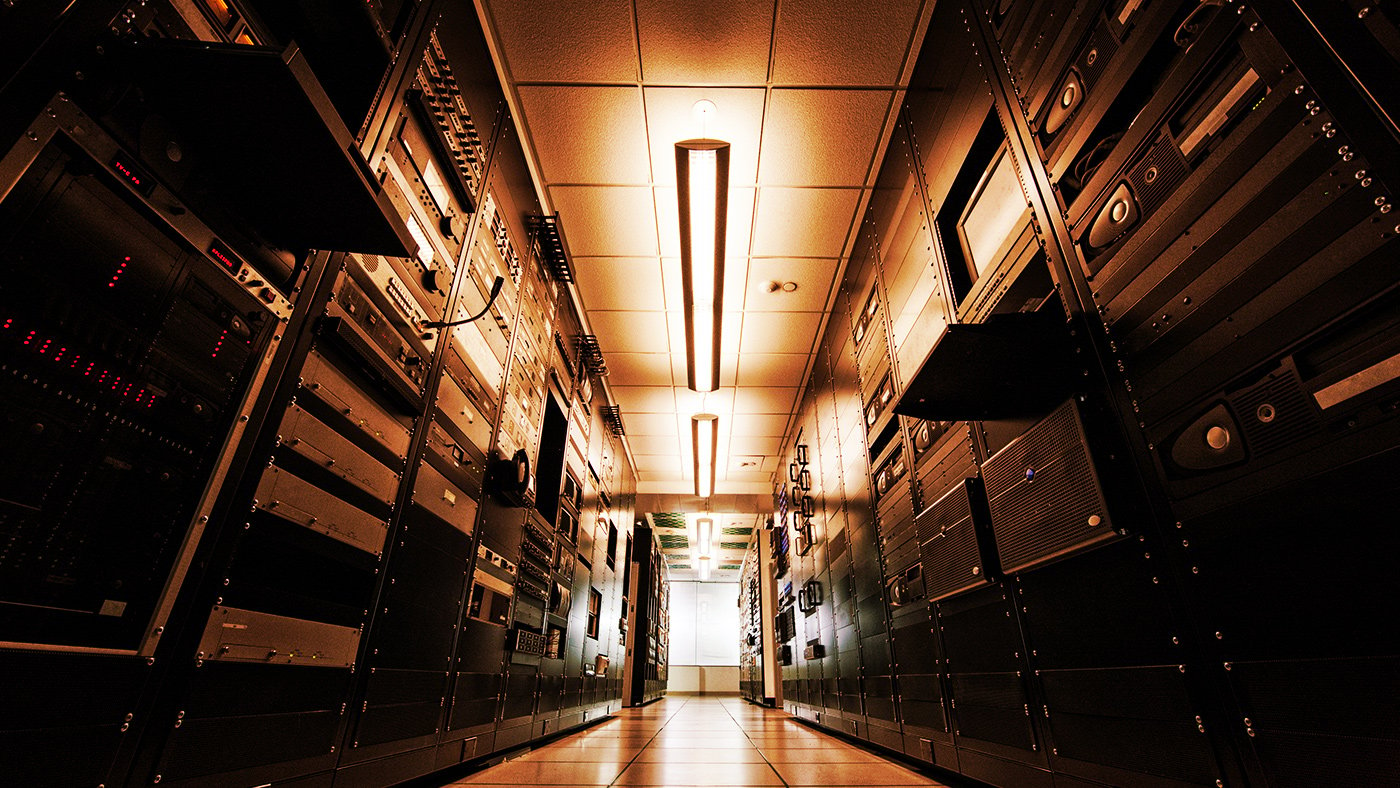
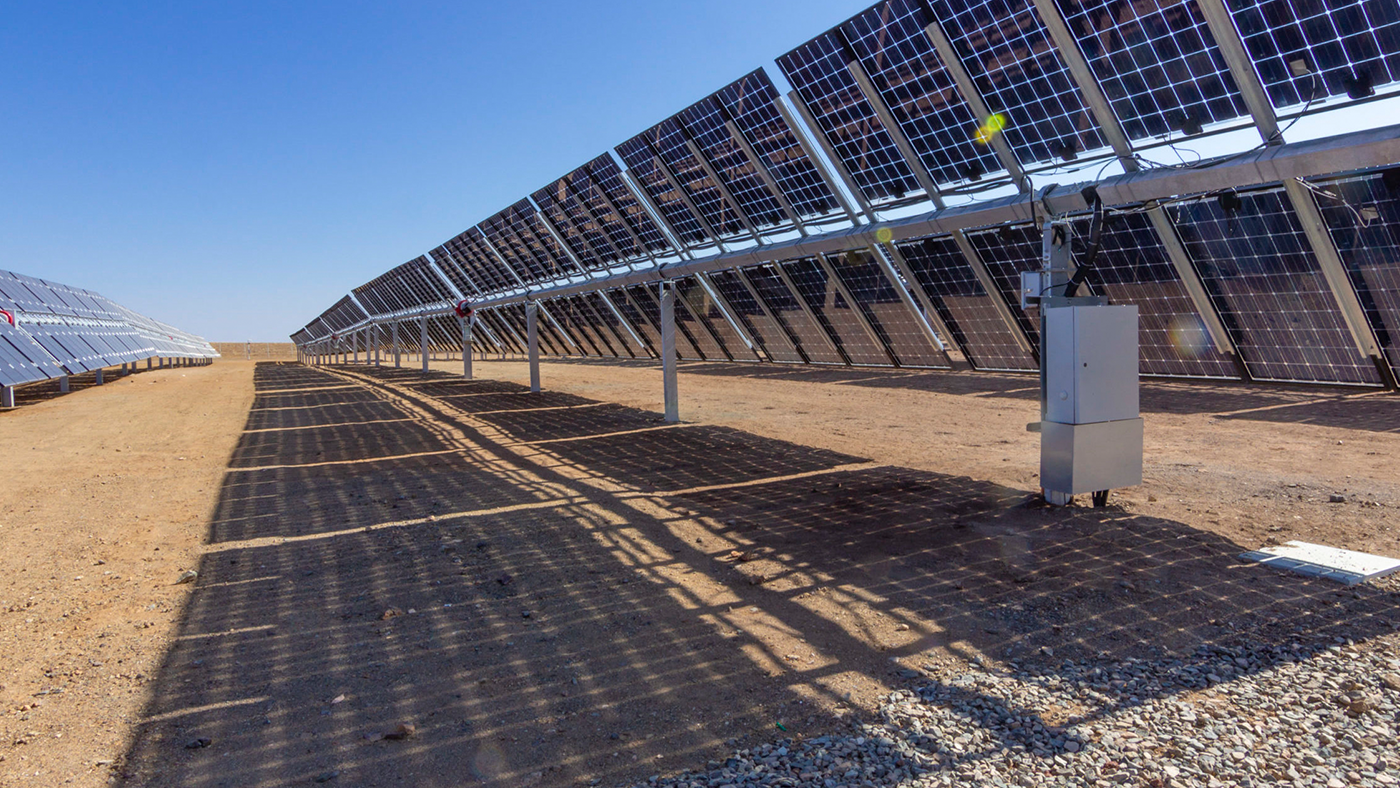





 Back
Back